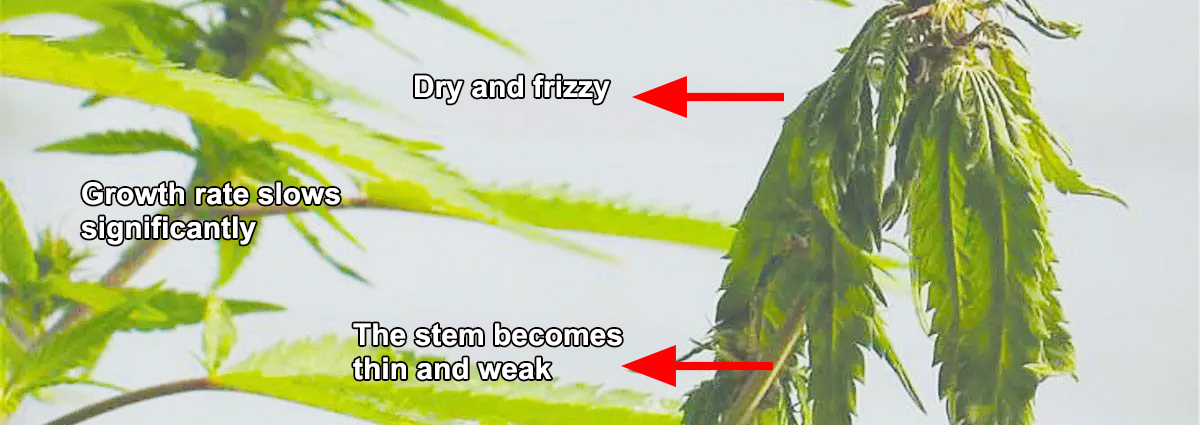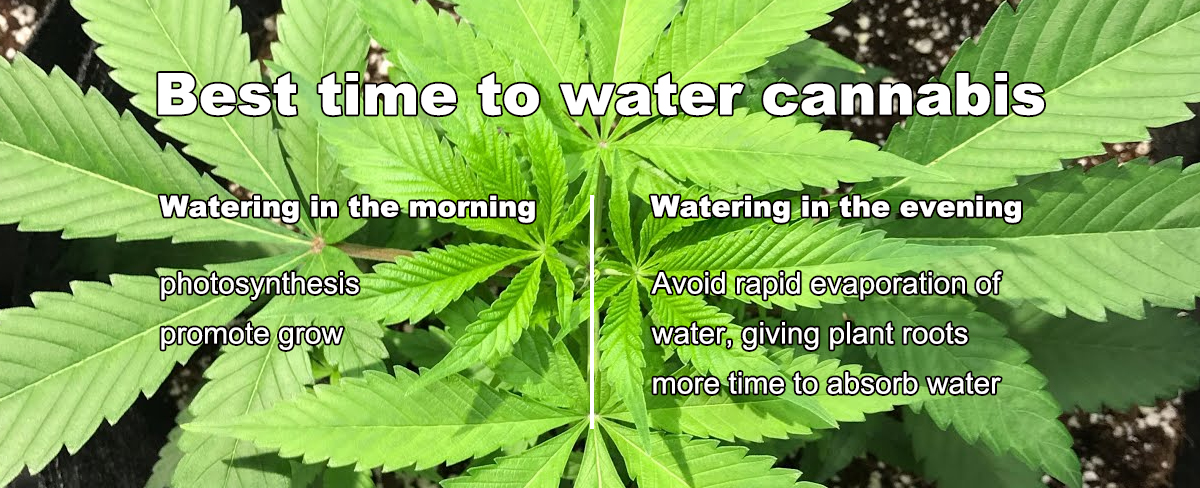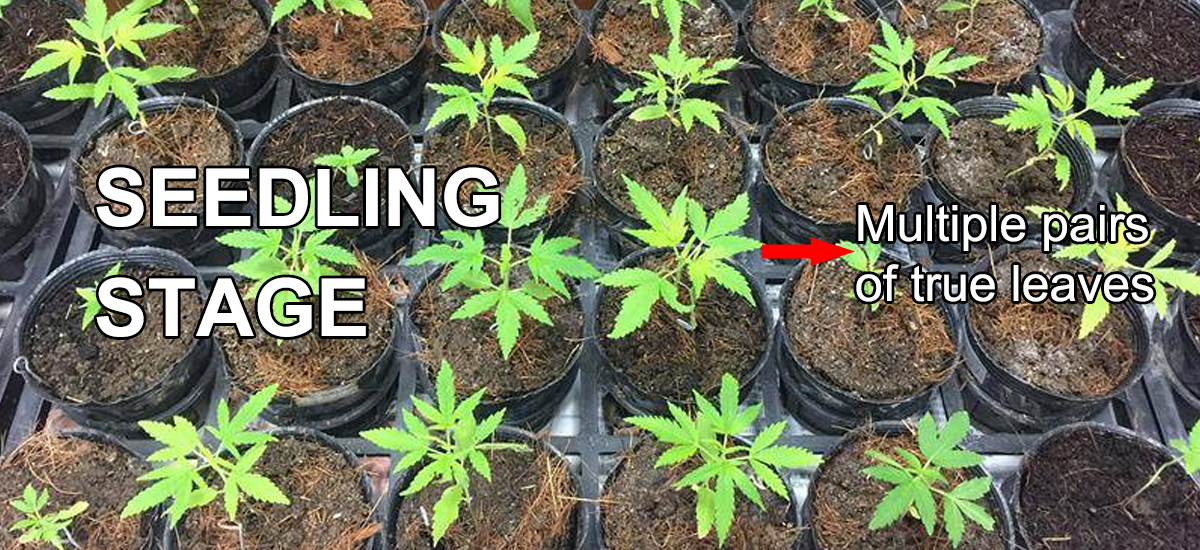
When it comes to caring for cannabis plants, one of the most frequently asked questions by both novice and experienced growers is: "How often should I water my weed plant?" The answer to this question can significantly impact the health and yield of your cannabis. Improper watering can lead to underwatered cannabis or an overwatered cannabis plant, both of which can cause a range of issues. To help you take the best care of your plants, we will explore the best practices for watering your weed plants, including the best time to water weed plants.
1.Water requirements of cannabis plants
How much water do cannabis plants really need?
Not sure if you’re watering them too much or too little?
With more water, will your cannabis plant grow healthier? Or will it rot?
With less water, will it die of drought?
Let’s dive into a guide to watering correctly at each growth stage:
Seedling Stage (Weeks 1-2)
Seedlings are fragile at birth and their roots are not yet fully developed.
They crave small, frequent waters.
Give them 10-15 ml of water per day. It sounds like little, but it’s enough to keep the soil moist without turning it into a swamp.
Vegetative Stage (Weeks 3-8)

Fast forward to the vegetative stage. Your cannabis plants are now adolescent plants, growing rapidly and requiring more resources.
More leaves, deeper roots, and greater water needs.
But don’t drown them.
Water every 2-3 days.
How much water? About 300-600 ml per time, depending on your pot size and soil drainage.
Flowering (Weeks 9-16)

Now we enter a critical phase – flowering.
This is when your plant’s need for water reaches its peak. Can you imagine your plant craving support to grow those beautiful flowers?
Increase watering to 600-1000 ml every 2-3 days. Yes, it’s a lot, but it’s necessary.
Adjust according to soil and climate conditions.
Before Harvest (Last 1-2 Weeks)

As you get closer to harvest, reduce watering.
Why?
Consider letting the soil dry out a bit to improve the quality of the flowers. Reduce to 300-500 ml every 3-4 days. It’s like telling your plant to toughen up for the final sprint.
This slight drought helps the flowers reach optimal maturity.
2.Signs of Underwatered Cannabis
Underwatered cannabis plants can show several symptoms that indicate they are not receiving enough water. These symptoms include:
Wilting leaves that appear dry and crispy
Yellowing of the leaves, starting from the bottom
Stunted growth and smaller buds

If you notice these signs, it’s essential to adjust your watering schedule and ensure your plants are getting the moisture they need.
3.Signs of Overwatered Cannabis plant
On the other hand, an overwatered cannabis plant can also exhibit symptoms that signal distress. Overwatering can lead to:
Drooping leaves that feel heavy and limp
Yellowing of the leaves, which can spread throughout the plant
Root rot, which is often accompanied by a foul smell
Slow growth and weak stems

To avoid overwatering, it’s crucial to allow the soil to dry out between watering sessions. This helps to ensure the roots receive enough oxygen and prevent the growth of harmful fungi and bacteria.
4.Best Time to Water Weed Plants
When is the best time to water weed Plants?
Is it early morning or evening?

Benefits of watering in the early morning
When watering in the early morning, the temperature is lower, the water evaporates slowly, and the roots can absorb water effectively. The water can quickly penetrate into the soil and be absorbed by the cannabis. Moreover, watering in the morning also gives the plant enough time to use the water for photosynthesis during the day, promoting growth.
The effect of watering in the evening
Let's take a look at watering in the evening. The high temperature of the day is about to pass, and the rate of water evaporation has also slowed down.
Watering at this time can prevent the rapid evaporation of water and give the roots of the plants more time to absorb water. However, there is a question here. Will watering at night cause the roots to be wet for a long time and increase the risk of disease?
5.Conclusion
Caring for cannabis plants requires understanding their specific watering needs. By avoiding the pitfalls of underwatering cannabis and overwatering cannabis, and watering at the best time, you can ensure that your plants remain healthy and productive.
























